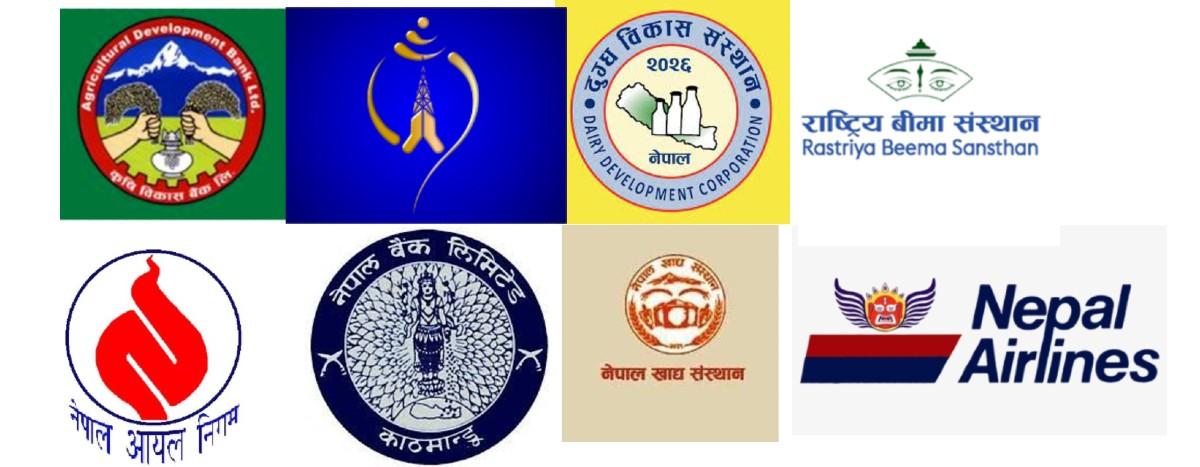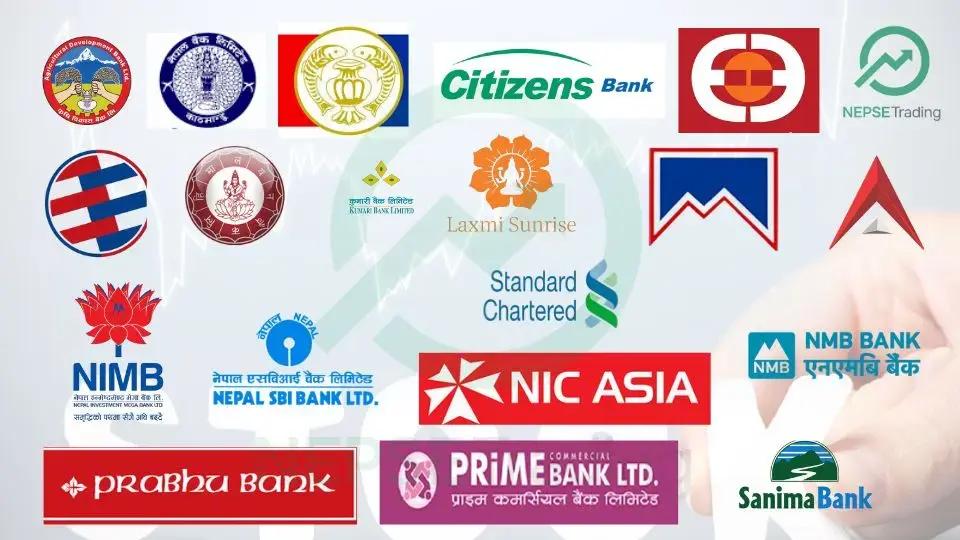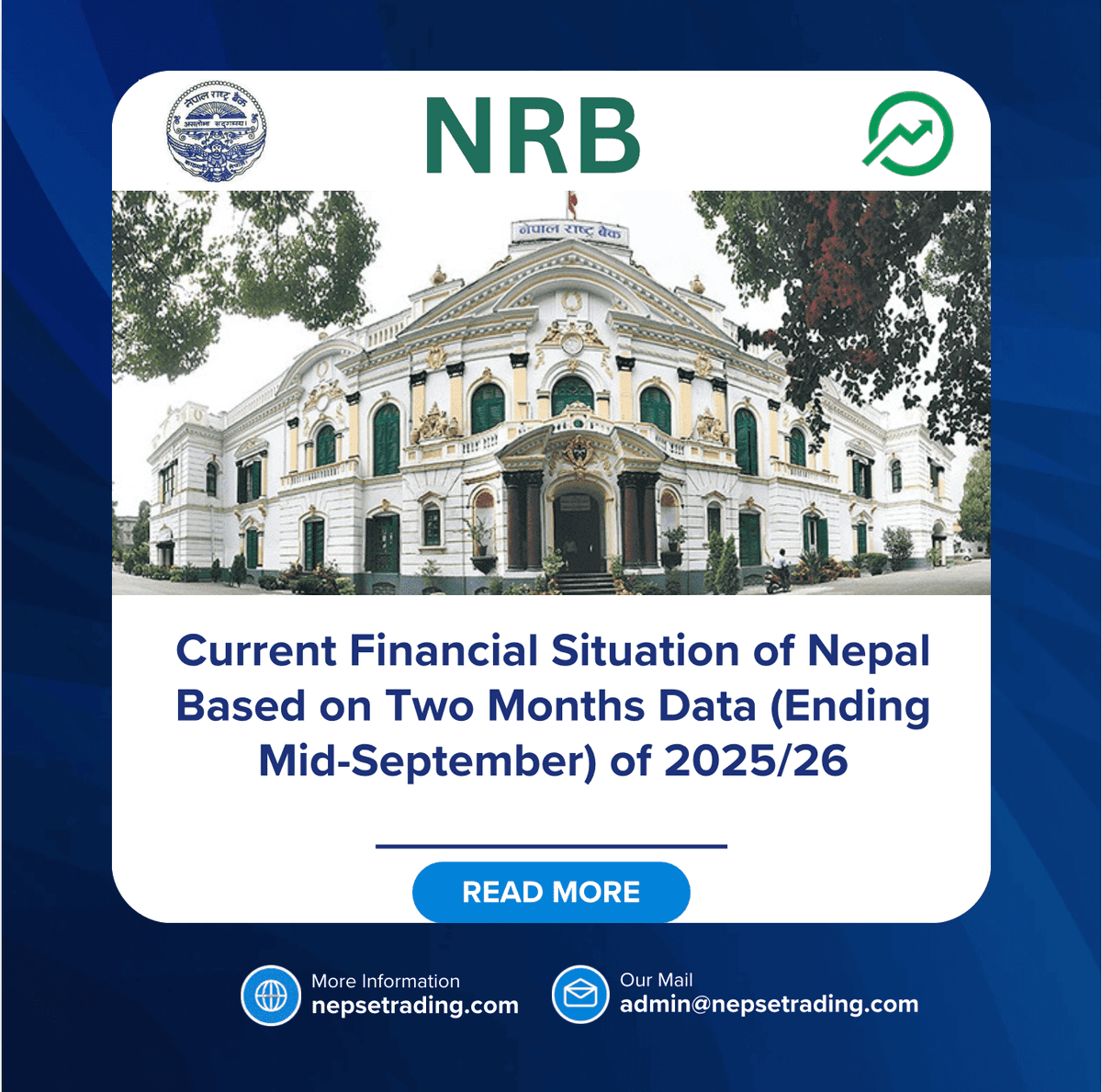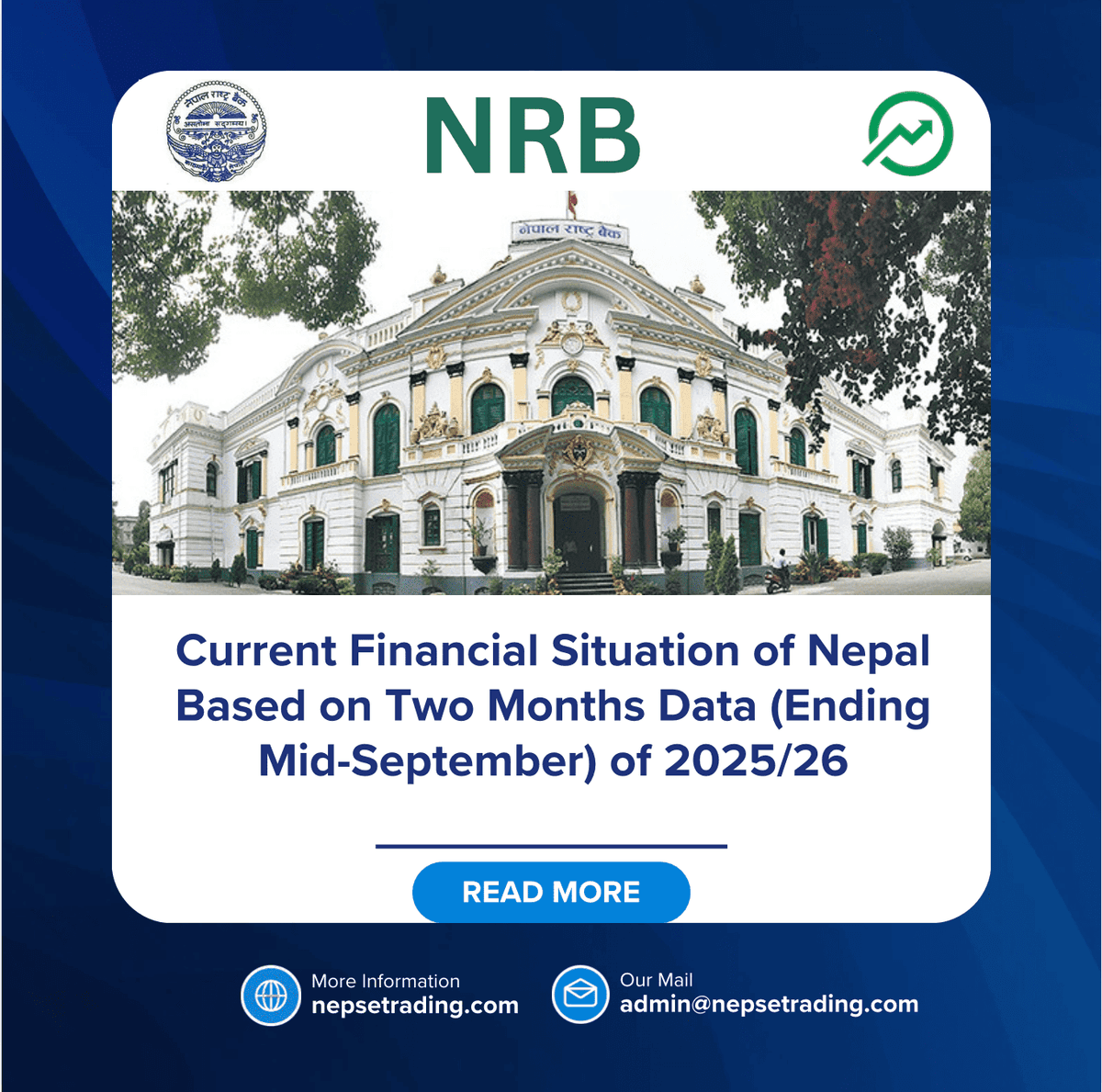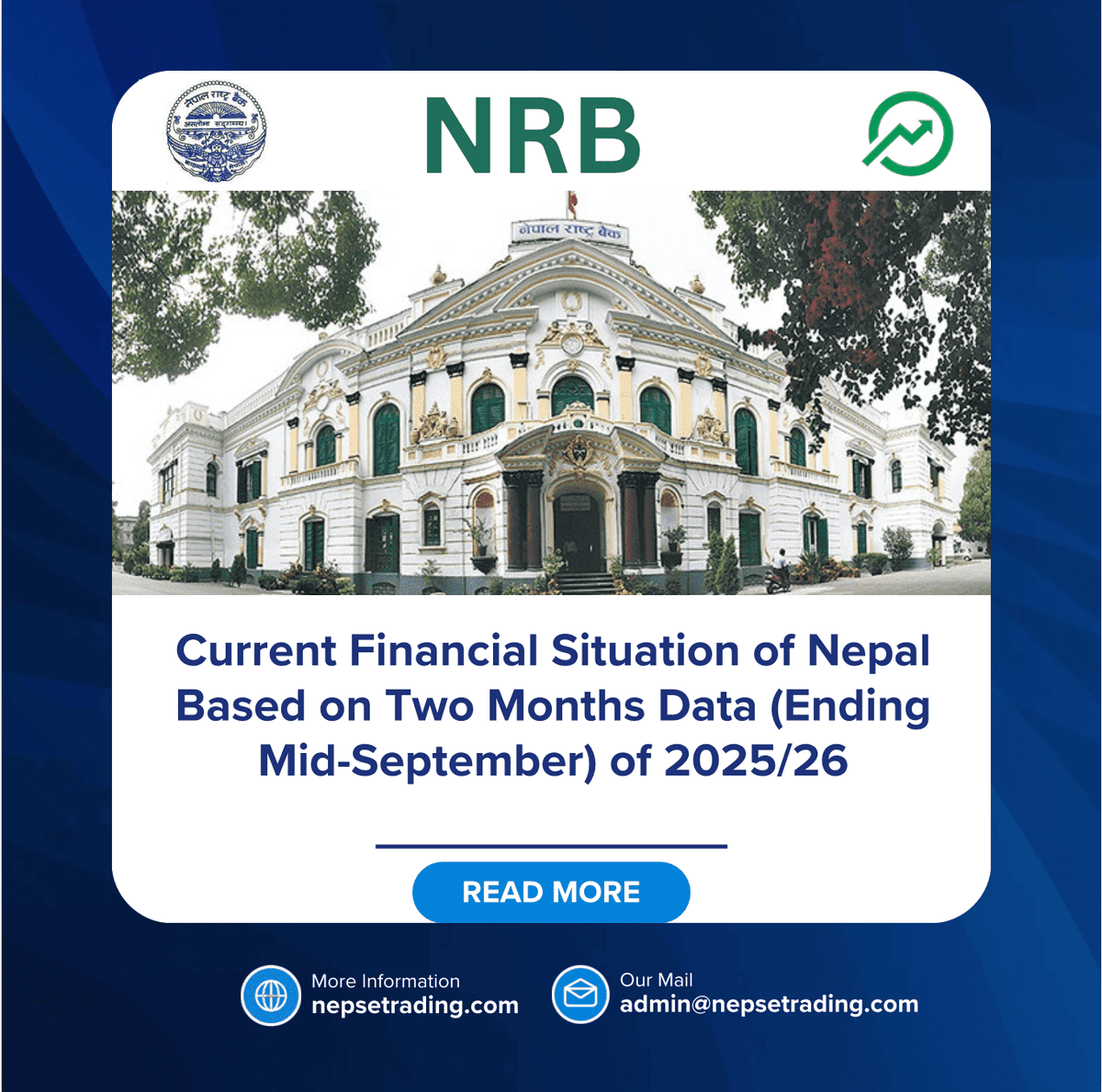By Sandeep Chaudhary
Nepal’s Export Boom: Soybean Oil Leads with 43% Share, Total Exports Up 140%
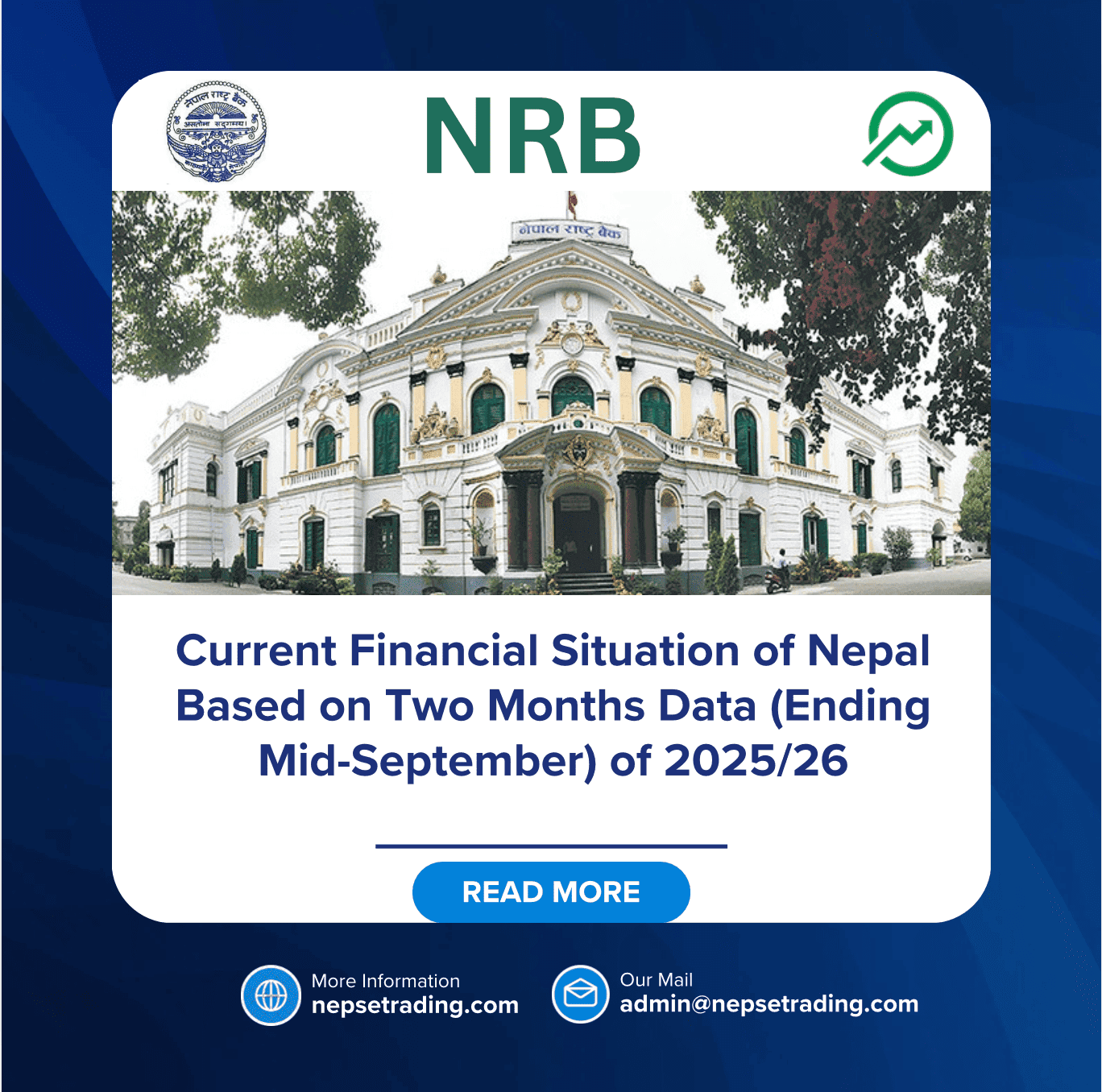
Nepal’s export sector has witnessed a remarkable revival at the start of FY 2025/26, with total exports surging by around 140% year-on-year, according to the Nepal Rastra Bank (NRB) Mid-September 2025/26 report. The export boom has been overwhelmingly led by soybean oil, which now commands a 43.2% share of Nepal’s total exports, cementing its position as the country’s largest export product for the second consecutive year.
Soybean Oil Drives the Export Surge
In the first two months of the fiscal year, soybean oil exports reached Rs. 20.42 billion, up dramatically from Rs. 143.8 million in the same period of FY 2024/25. This exceptional growth underscores Nepal’s growing role as a refined edible oil re-export hub, primarily catering to the Indian market. The dominance of soybean oil highlights Nepal’s industrial dependence on import-based refining, supported by low tariff structures and favorable bilateral trade arrangements.
Palm Oil, Jute Goods, and Cardamom Among Top Gainers
Alongside soybean oil, several commodities showed strong double- and triple-digit growth:
Palm Oil exports soared 318.4% to Rs. 1.36 billion, driven by a rebound in re-export activity.
Jute Goods jumped 61.1% to Rs. 1.61 billion, reflecting rising demand for eco-friendly packaging materials.
Cardamom rose 43.9% to Rs. 859.6 million, benefiting from stable Indian demand and higher global spice prices.
Noodles (+45.7%), Herbs (+44.0%), and Shoes & Sandals (+35.2%) also registered notable gains.
Overall, the top 20 commodities accounted for Rs. 35.68 billion, making up 75.4% of total exports, and showing a 122% rise from the same period last year.
Traditional Exports Decline
While the overall trade picture is positive, some traditional export sectors faced setbacks:
Woolen Carpet exports dropped 20.7% to Rs. 1.58 billion.
Tea declined 37.2% to Rs. 794.5 million.
Zinc Sheets fell sharply by 77.6%, while Particle Board decreased 70.4%.
These declines indicate persistent challenges in Nepal’s traditional handicraft and manufacturing exports, especially in price-sensitive international markets.
Macro Stability Strengthens Export Outlook
The export surge comes amid an improving macroeconomic environment. NRB data shows:
Foreign exchange reserves climbed to Rs. 2.88 trillion (USD 20.41 billion).
Remittance inflows rose 33% to Rs. 352 billion.
Inflation dropped to 1.87%, providing price stability.
Balance of Payments (BOP) recorded a surplus of Rs. 153.7 billion, while the current account remained positive at Rs. 130.7 billion.
These figures reflect growing confidence in Nepal’s external sector and a favorable trade environment bolstered by global oil and agricultural market trends.
Diversification Remains Key
Economists, however, warn that Nepal’s export boom is heavily concentrated in a few re-export commodities such as soybean and palm oil. Long-term sustainability will depend on diversifying export products, enhancing manufacturing competitiveness, and expanding regional trade beyond India.




